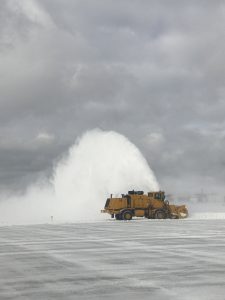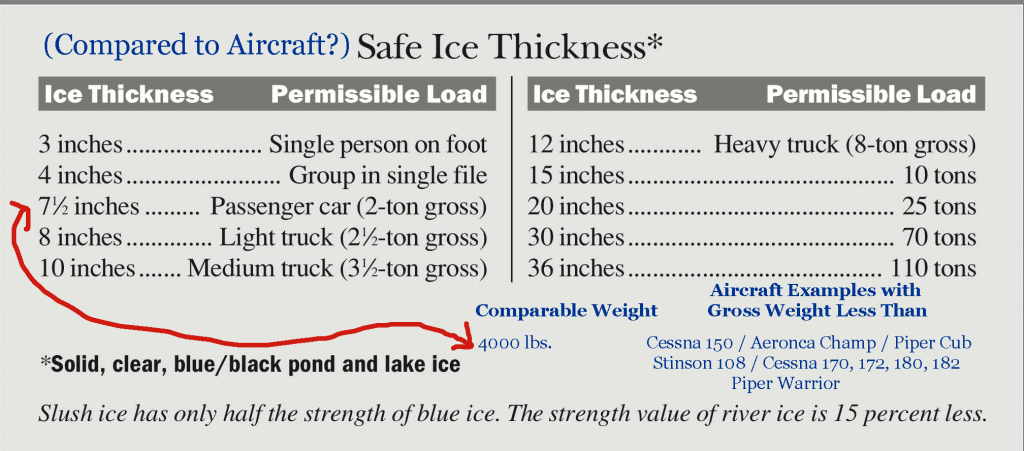While we all may be starting to wish Old Man Winter will take his leave of us soon, we still have a couple months of operating our aircraft, and Wings of Mercy trips during the colder season. This season brings with it challenges for pilots in obtaining current information about runway conditions that can be important to our decisions of what taxiways, runways, or even airports may be the best to use for some of our flights.

NOTAMs are the primary official delivery mechanism for current information such as closures of things like runways, taxiways, or even airports, but many times these are not issued for very “temporary” conditions. Which means a pilot may not be able to find critical information for flight operations through official sources. Certainly, check those NOTAMs, but in some cases, at smaller airports that may have less staffing infrastructures and official reporting practices especially, a well-placed phone call prior to a departure when any questions exist can be well worth the time.
Not all airports are all that good about getting current NOTAMs out for changing conditions. In many cases, airports are plowed, operated, and/or managed by the local municipality who has little interaction or even interest with day-to-day flight operations. Local road crews just plow the runway as a part of their normal route. Sometimes, this is right after the storm, sometimes, it can be days. Knowing what current conditions really are may mean doing a little more research than a pre-flight briefing. Continue reading

 First question, is the ice thick enough?
First question, is the ice thick enough?
